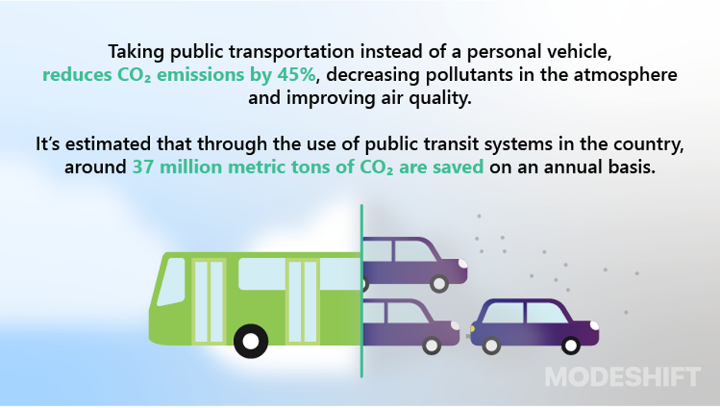The Road to Sustainable Transportation
Discover how sustainable transportation in cities like NYC improves air quality, boosts public health, and drives economic savings for a better future.

In urban centers like New York City, the impact of pollution from transportation on public health and the environment cannot be overstated. With transportation accounting for about a quarter of global CO2 emissions, the urgency for sustainable alternatives is more pressing than ever. These emissions are significantly harmful, not only to our planet but directly to our health. In fact, air pollution in the U.S. is linked to 110,000 premature deaths annually, outnumbering the fatalities from all transportation accidents and shootings combined. Furthermore, the economic impact is equally staggering, with air pollution and climate-related health issues costing Americans an average of $2,500 per person each year.
For densely populated cities, adopting sustainable transportation is essential for reducing the environmental footprint of commuting and improving the quality of urban living. For instance, electric vehicles (EVs), whether personal cars or public buses, operate on cleaner technology and are becoming more accessible and affordable. Cities like New York are advancing towards ambitious goals, like achieving an 80% rate of sustainable mode travel by 2050, demonstrating a robust commitment to environmental and public health. Imagine walking down the street to the smell of fresh air, instead of the pollution and noise from fuel-run cars and vehicles.
The Broad Benefits of Sustainable Transportation
Reduced Environmental Impact: Shifting to sustainable transportation means dramatically lowering the harmful emissions that contribute to climate change and poor air quality and providing a system that future generations can depend on without ever running out of fuel. This shift is vital for protecting our natural environment and creating more sustainable urban centers.

Health Improvements: Cleaner air directly results in better health outcomes. Less pollution means fewer cases of asthma, heart disease, and other pollution-related illnesses. Active transportation options like cycling and walking also promote physical health and can lead to reduced healthcare costs. Also, though climate change is a global problem, cleaning the air locally helps our own neighborhoods the most.
Economic Savings: Investing in sustainable transportation can lead to significant economic benefits. Efficient public transit systems can reduce overall travel times and vehicle maintenance costs. Furthermore, less traffic congestion means economic savings on a grand scale—consider the billions lost annually due to time spent in traffic jams. In addition, those who depend on public transit do not need to pay for auto-insurance or car parking.
Safety Enhancements: Statistics show that public transit is safer than traveling by personal vehicle. A safer transit environment means fewer traffic fatalities and injuries, which is particularly important in dense urban areas.
New York City's comprehensive transportation strategy includes increasing the number of electric vehicles in the municipal fleet and expanding the availability of EV charging stations across the city. These steps not only support the shift to lower-carbon transport options but also set a precedent for other cities aiming to reduce their transportation-related emissions. Additionally, the implementation of electric vehicle charging infrastructure like Voltpost is a great option because it has dual use. Charging lampposts like this light the streets at night, while also serving as charging ports for EVs.
Switching to sustainable transportation options like EVs can also earn you money. Users can link their electric vehicle to Meltek’s energy saving platform to earn rewards. In addition, Con Edison users can enroll in SmartCharge New York to earn year-round rewards for charging electric vehicles during off-peak hours.
The future of urban transportation is clearly steering towards sustainability. By supporting and adopting sustainable transportation options, city dwellers can enjoy cleaner air, improved health, and a higher quality of life, all while contributing to the vital task of reducing our environmental footprint. Together, these efforts not only foster healthier communities but also ensure that our cities remain vibrant and sustainable for generations to come.
Sources:
Ready to Start Earning?
Join thousands of users who are already earning rewards while helping the environment.